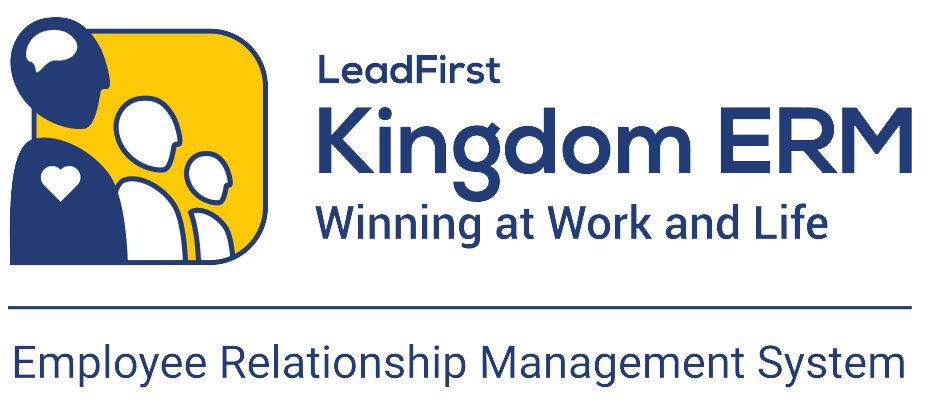How to Measure Organizational Effectiveness
How should an organization measure its effectiveness?
Should it be measured by revenue? Net promoter scores? Stock price? Executive bonuses (ha!)?
The truth is, it completely depends on your strategic plan. The only way to answer the question “How should I measure excellence” in your organization is to first determine both long-term and short-term targets, because organizational excellence or effectiveness must be measured relative to these.
In this post, we will cover a few tips for setting these targets. We will also cover how to choose the indicators that will help show whether your organization is effective in relation to its own goals.
Being “The Best” is Not a Strategy
We often hear firms stating that they simply want to be “the best” company in their industry. This is a laudable goal, but it is too vague to take concrete steps towards achievement. It’s great for a company pep rally, but you cannot produce a strategic plan and measure organizational effectiveness against it. The solution is to clearly spell out what you want to achieve in a measurable way.
So, the first step in being “the best” is to set a goal. One way to do this is to define what your target market is and which needs you will try to fill.
Answer the following questions:
- What will make us different?
- What can we be best at?
- What do we have a passion for?
This doesn’t have to be a long, drawn out process. It could be summed up in a simple goal statement. For example, a business machines firm might come up with: “Our goal is to deliver the best copier solutions to the 10,000 small and mid-sized businesses in our greater metropolitan area and be number one in sales.”
This gives the business a narrower focus than, “We want to be the best business machines company in the area.” Now they can assess their current position in the small and mid-sized business market and develop a Change Management Plan for how they are going to get to number one in sales figures.
The Change Management Plan for any business is the road-map for long-term change, and lists the broad targets and expected completion dates. From this plan, departments and divisions align their actions and smaller sub-projects are devised to accomplish steps in the broader plan in the short term.
Now that you have both your long-term and short term goals, it is time to measure organizational effectiveness against those goals. There are really two types of indicators used to do this.
Lagging Indicators
Lagging indicators CONFIRM performance, or lack of. They measure the result of past actions.
Some firms focus solely on profit. While profit or return on capital is an indicator of how well the resources of the organization have been allocated, it does not measure what you are doing right now. The problem with relying solely on this indicator to measure effectiveness is that it is influenced by decisions which may have been made years earlier – even by earlier management.
Other lagging indicators:
- Revenue
- Inventory turnover
- Cash on hand
- Stock price
- Projects/targets accomplished (could also be a leading indicator, see next)
These are important to track, but they only show the results of the past, not where you are going. For that, you need the next set of indicators.
Leading Indicators
Leading indicators PREDICT performance. They measure actions which will affect future organizational effectiveness.
As an example, to keep existing customers satisfied, you need to perform account management functions in the present which might not reflect in a high net promoter score or a sale for many weeks or months. These activities, such as customer service surveys, birthday postcards and special discount offers, should be tracked nonetheless – even if just to ensure they are performed.
And by measuring them, you can predict future excellence – or lack of. When the numbers are low for the leading indicators, you can be assured that your lagging indicators will follow down in the near future.
While lagging indicators can be pretty general (everyone tracks revenue, for instance), leading indicators are usually tailored to your specific role. Examples of specific leading metrics for a sales team might be
- Opening calls made
- Appointments set
- Pitches presented
- Dollar value of deals proposed
- Referral letters sent
By measuring these leading indicators, and knowing how they correlate with future performance (more calls equals higher future sales and revenue) a sales manager will have a pretty good idea of how effective an organization will be in the upcoming weeks or months, and can take actions to remedy if warranted.
Some measurements fall under both categories. For example, “number of leads” might be an effectiveness measure for one department, a lagging indicator that is produced as a result of past social media efforts or SEO strategies. However, number of leads is a leading indicator of sales volume. So in this case, the metric fits both categories.
Same with “projects/targets accomplished,” which we listed as a lagging indicator in the section before this one. Future effectiveness can be gauged by whether many targets and projects were completed or not.
As you can see, to measure effectiveness you must understand the relative context of the function being measured. Organizations that perform well consistently learn to use effectiveness measures that are a combination of leading and lagging indicators relevant to the scope of a particular person, department or an entire company. A well designed performance management system should serve as a continuous learning process for setting and managing leading and lagging indicators.
Measures and plans are important but their real purpose is engaging people
Stating the obvious, but measures and plans mean nothing without people to use them. The real purpose of measures is to engage people in the innovation required to improve them. AND to say no to the things that are less important. Your performance management processes should encourage the formation of well thought out plans and measures that communicate what is important and what is not. Organizational effectiveness is rooted in people both knowing and doing the right things each and every day.
Subscribe to the LeadFirst Briefing
Conquer Chaos in Your Business
- Order copies of Built to Beat Chaos for your team
- Lead your team through the Discussion Guide
- Set a vision for your business with the LeadFirst Purpose Workshop.





